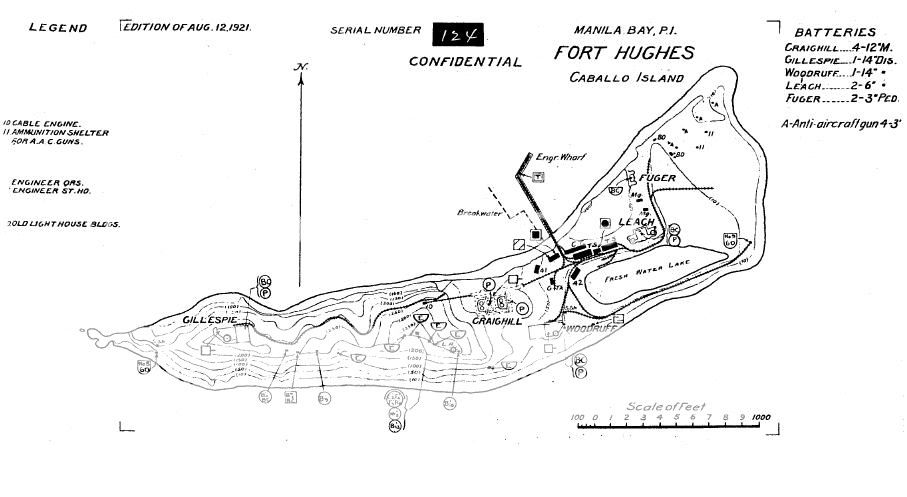It was inevitable at some point that Bataan and Corregidor would fall. However here they are lasting longer, and costing the Japanese a great deal more. Additionally the southern islands are going to be the scenes of better and longer resistance, even before counting the better resistance movements everywhere. To repeat the obvious, seriously upsetting the Japanese timetable and burning up Japanese men and materiel is vital. The Japanese have neither spare time nor spare resources. They can't ignore the PI, so they must do whatever it takes to secure them. ITTL the total US casualties are fewer, key personnel are evacuated. Those who remain will be in better shape when they enter captivity, unlike OTL, which will mean the odds are substantially more of them will survive the war (which hopefully will be shortened).
From the very beginnings of the "modern" War Plan Orange in 1919/1920, relief, as opposed to retaking, of the PI was at best a long shot and recognized as such. Putting the money and effort in to making the PI strong enough to resist invasion in such a way and for long enough for a true relief/reinforcement to be effected was not in the cards - especially once the Tydings-McDuffie Act was passed in 1934. Especially during the Depression, the USA was simply not going to pour a great deal of money in to the defenses of someplace that was going to be independent in 10 years. Even before this it was generally accepted that sooner or later the PI would be independent.
MacArthur, who had previously been Chief of Staff of the US Army, was very well aware of the WPO assumptions that the PI could not and would not be held absent rather significant changes in defense policy and expenditures. His comments about being let down, abandoned, etc were pure bullshit as he knew better. In essence the PI were going to be a delaying action, a sacrificial rearguard, even with the increased resources sent to the PI in 1940/41. Given the size of the IJN, and the location of the Japanese islands between Hawaii and the PI, even absent PH and the destruction of the battle line the USN simply could not rush to the aid of the PI. That was never contemplated in any WPO variant, securing island bases along the way was always in the plan. At least ITTL the additional resources sent to the PI 40/41 are not squandered, and the sensible defensive plans are put in motion.


